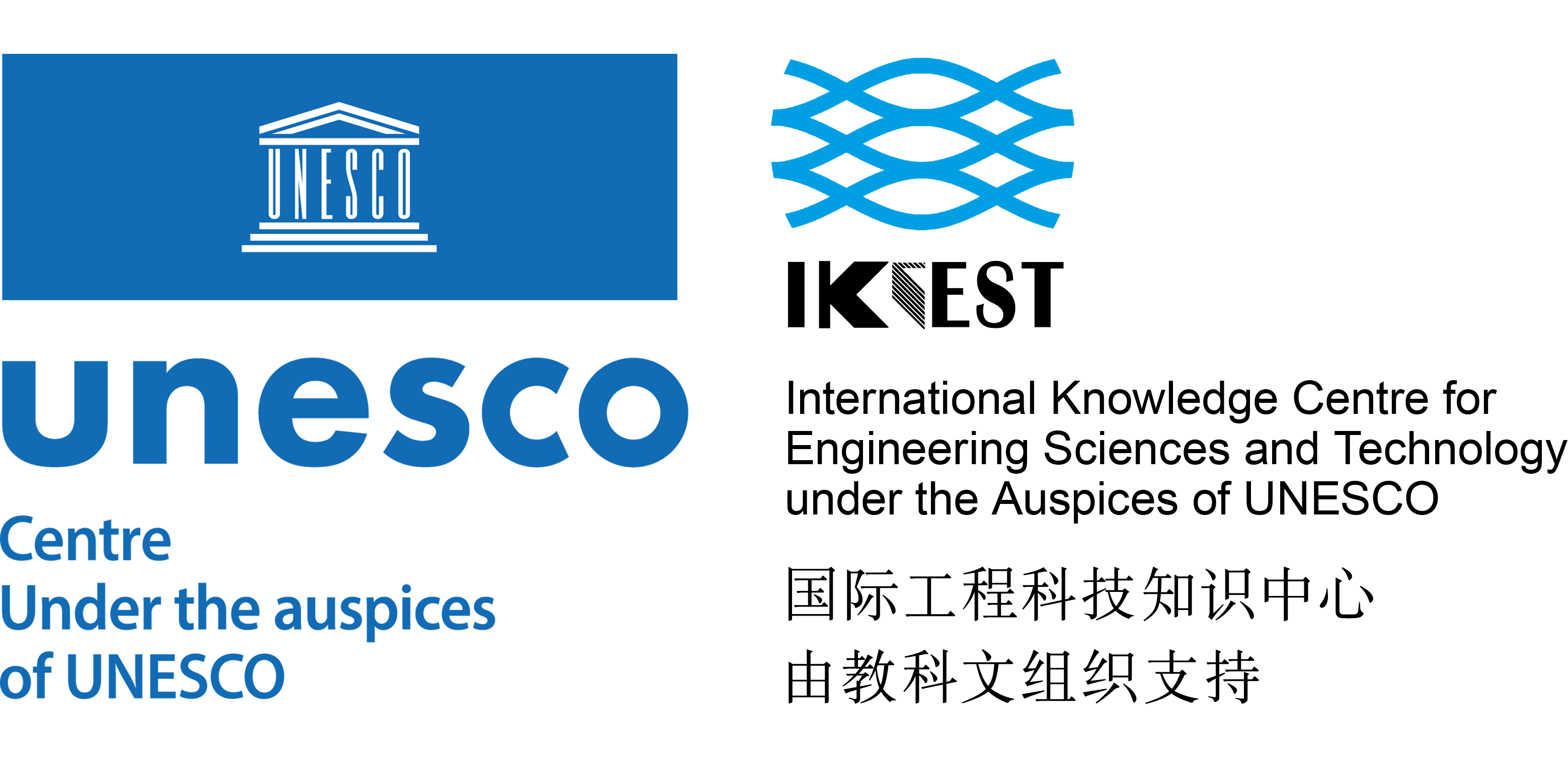Researchers in Australia are raising concerns about plans drawn up by federal agencies to close two beamlines at the country’s synchrotron, which produces high-energy beams of light for various experiments.
The two beamlines being considered for closure are the far-infrared/terahertz spectroscopy and infrared microscopy beamlines, says Michael Jones, research infrastructure specialist in synchrotron science at the Queensland University of Technology in Australia.
These instruments are ‘important and unique’, Jones says, noting that while most synchrotrons only deal with x-rays, the Australian Synchrotron allows researchers to access other wavelengths such as infrared and terahertz.
Jones worries that cuts will devastate the facility. ‘When cuts like this happen, the people who are running these beamlines will get work at beamlines in other places in the world, and they will never return and so we lose the expertise as well,’ he says.
‘It’s quite concerning that they’ve spent all this money on the infrastructure associated with the synchrotron, and they’re going to cut two beamlines,’ adds Brendan Abrahams, a chemist at the University of Melbourne, whose doctoral student has used one of those beamlines. ‘That work that she has done would not have been able to have taken place [without that beamline].’
According to Jones, the Australian federal government has allocated a 10% funding cut for the governing body of the synchrotron. When applied equally to each division, it leaves the synchrotron needing a cut of around A$4 million (£2 million) per year.
But stopping use of two beamlines alone will not save A$4 million annually, Jones says, which suggests other cuts may also be on the horizon that haven’t been announced. ‘It would be nice to get a fuller picture,’ he says. ‘Cutting access to scientific infrastructure should be a last resort.’
A spokesperson for Australia’s Nuclear Science and Technology Organisation (ANSTO) forwarded Chemistry World a written statement that notes that the organisation has ‘proposed changes to its capabilities, instruments, activities and staffing requirements, among other measures’. The ANSTO spokesperson, however, declined a request for an interview, noting that the organisation is in consultation regarding the proposed changes.
Jones thinks ANSTO ranked the beamlines in terms of the number of proposals that are submitted and the number of publications that are produced directly as a result. While ANSTO may have taken into account other considerations internally, these haven’t been communicated publicly, he says.
‘The number of publications and number of proposals submitted to a beamline isn’t really a very good metric of the importance of the research that’s done there,’ Jones says. ‘The beamlines are still oversubscribed, so they still get more proposals than they have space for.’
Jones also notes that the Australian Synchrotron is currently in the process of doubling its total number of beamlines thanks to funding to the tune of $110 million, mostly coming from the nation’s universities. Since the initial contract is for five years, Jones worries that future cuts may also involve these newer beamlines.
Until now, when the work couldn’t be done in Australia, the synchrotron was sponsoring researchers with grants to travel to beamlines elsewhere in the world as long as the work was in Australia’s national interest.
But under the newly proposed plans, this scheme may also be scrapped, Jones notes. ‘Not only will the local community lose access to these two really high-quality beamlines, but also the avenue to access this technology elsewhere in a sort of affordable way,’ he adds. ‘It’s not like we’re in the UK and can just go to Europe for a beamline. Europe is 30 hours and $5000 away.’
The final decision on the future of the two beamlines is expected before the end of November.








 User Center
User Center My Training Class
My Training Class Feedback
Feedback












Comments
Something to say?
Login or Sign up for free